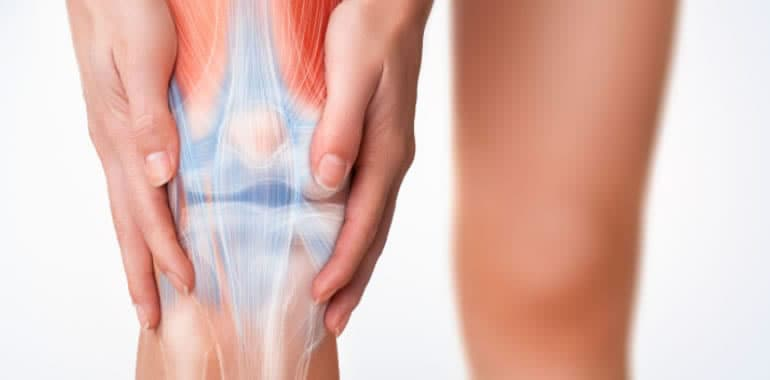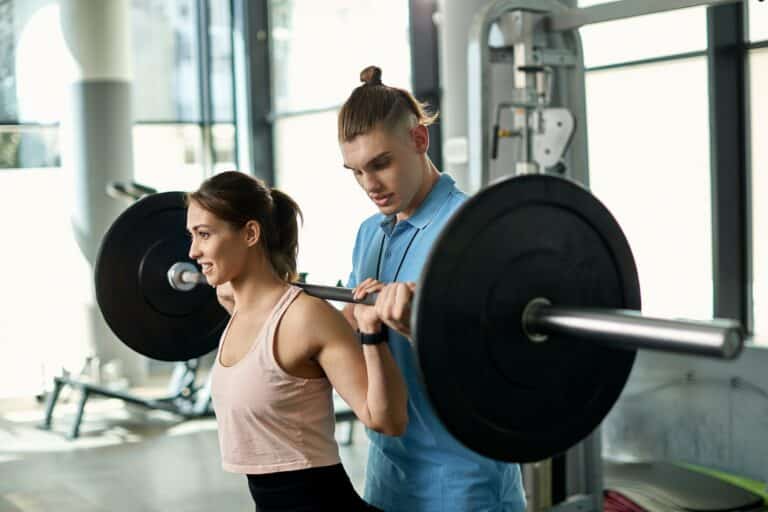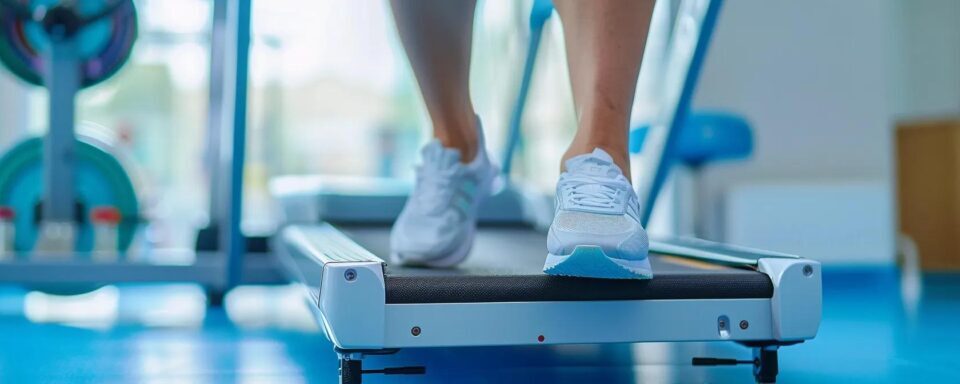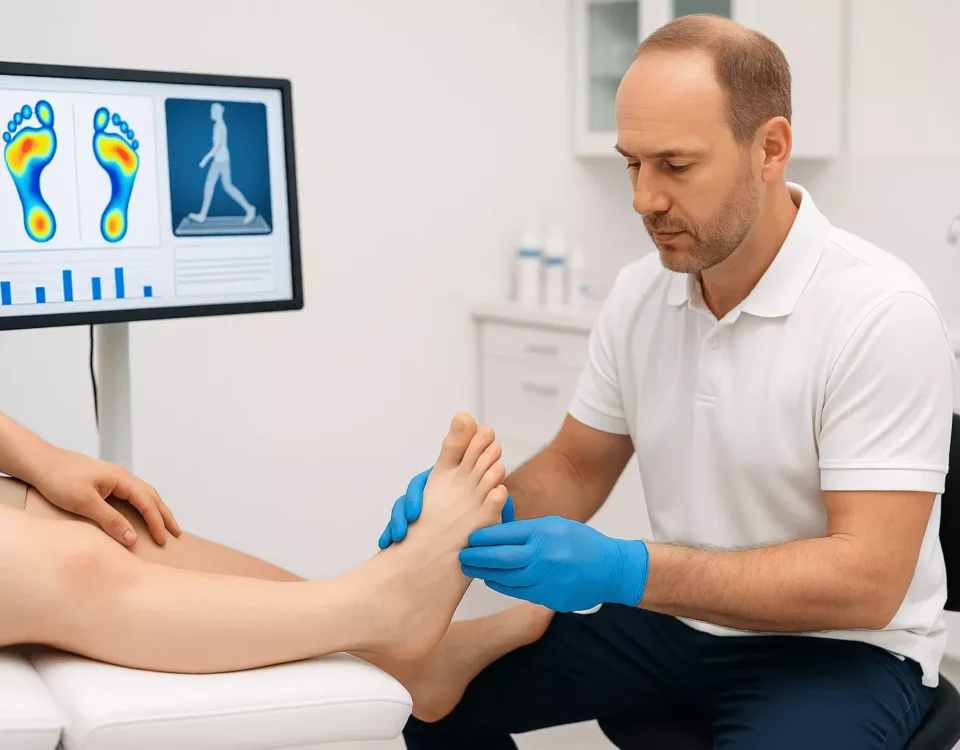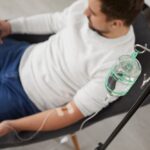
4 Medication Options for Treating Ulcerative Colitis
October 2, 2025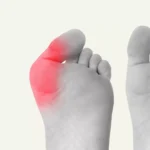
Why Bunions Happen and How To Prevent Them
October 2, 2025Knee pain can disrupt many aspects of daily life, making simple activities like walking or climbing stairs a challenge. Understanding the potential sources of this discomfort is a first step toward managing it. Several strategies and tools can help you navigate your day with greater ease. From specific exercises to supportive braces, exploring your options can make a noticeable difference in your comfort and mobility.
What Causes Knee Pain?
Knee discomfort can stem from a variety of sources, affecting the bones, cartilage, ligaments, and tendons that make up the joint. Every day wear and tear, physical activities, or underlying conditions can all contribute to knee pain. Identifying the nature of the issue helps find an effective management approach.
Some common contributors to knee pain include:
- Injuries: Sudden movements or direct impacts can damage the ligaments, tendons, or the meniscus, which is the cartilage that cushions your knee.
- Repetitive Stress: Activities that repeatedly place stress on the knee joint, such as frequent squatting or running, may lead to irritation and inflammation.
- Mechanical Issues: Problems such as a dislocated kneecap or changes in gait resulting from a foot or hip injury can alter your movement, placing extra strain on the knee.
- Arthritis: Various forms of arthritis, including osteoarthritis and rheumatoid arthritis, may cause pain, stiffness, and swelling in the knee joint.
Each of these factors affects the knee differently, and the sensations you experience can offer clues about the underlying cause. Working with a professional may help pinpoint the specific reason for your discomfort.
Does Exercise Help?
Engaging in physical activity may seem counterintuitive when experiencing knee pain, but the right type of movement can be beneficial. Strengthening the muscles that support your knee reduces stress on the joint. Strong quadriceps and hamstrings, the muscles on the front and back of your thighs, help absorb shock and stabilize the knee.
Low-impact exercises are often recommended because they put minimal strain on the joints. Activities like swimming, water aerobics, and cycling are excellent choices. They allow you to build muscle and improve flexibility without the jarring impact of high-impact sports. Stretching is another key component, as it helps maintain your range of motion and prevents stiffness.
When Should Braces Be Used?
Knee braces are devices designed to support your knee, providing stability, reducing pain, and helping prevent further injury. They come in a variety of designs, from simple to more complex. Choosing the right one depends on your specific needs. Here are the main types of knee braces and what they offer:
Compression Sleeves
These are basic, flexible sleeves that fit snugly around your knee. They primarily help reduce swelling, provide light support, and offer a feeling of stability. They can be helpful for general aches or to give you a bit more confidence during activities like walking or gardening.
Structured or Hinged Braces
These offer more significant support and often include straps, stays, or hinges for added stability. They are typically used for more serious support, such as protecting the knee after an injury, limiting specific movements to aid healing, or providing robust stability during physical activity. They can help manage pain by reducing strain on the joint.
Consult a Specialist
If you’re dealing with persistent or severe knee pain, seek a professional evaluation. Specialists, such as physical therapists or orthopedic doctors, can assess your knee, identify the root cause of your pain, and create a personalized treatment plan. This may involve targeted exercises, lifestyle adjustments, or other tailored interventions to help manage your symptoms effectively. Taking action now can improve your long-term outcomes and enhance your quality of life. Schedule an appointment to explore your treatment options and get back to feeling your best.
- Soutaipasu: Exploring the Unique Japanese Subculture and Fusion Cuisine
- Wollmatten Guide: Benefits, Uses, Care Tips & Buying Advice for Natural Wool Mats
- Jadeitový kameň: Účinky, využitie, druhy a kompletný sprievodca
- Escapamento RD: Guia Completo, Modelos, Desempenho e Como Escolher o Melhor para Sua RD
- Sodiceram: Benefits, Uses, Installation & Complete Guide for Homeowners

